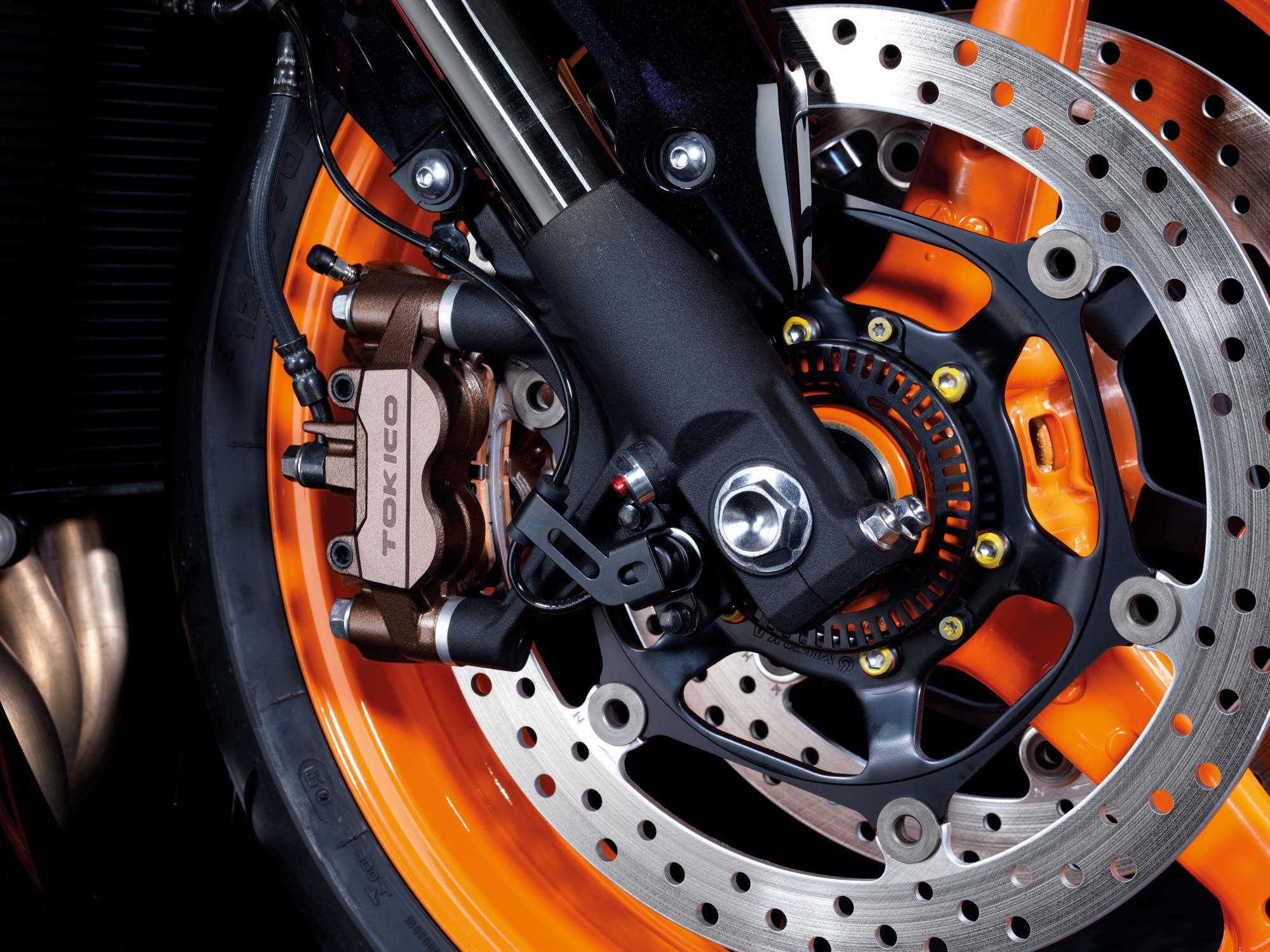I was recently researching about electric motorcycles as i feel that they are a very efficient way of transportation.With the fuel prices constantly rising many of us now started to turn heads towards electric vehicles.
So coming to the point,during my research i came across this company called Zero Motorcycles which is an American manufacturer of electric motorcycles.I was particularly interested in this company because i am huge fan of dirt bikes and this company manufactures electric dual sport as well as electric dirt bikes.Then i came across this bike named 'Zero DS' and i was amazed.
The motorcycle has a claimed range of 180km in the city and the look of the motorcycle is amazing.
Moreover it can be fully charged in 8 hrs.Buying an accessory named the 'Quick 4X charger' the bike can be charged in 2hrs!!!
The typical cost to charge the bike is $0.63 and the equivalent fuel economy of the bike is 0.49/100kms which is a mind boggling figure.No motorcycle in India gives that kind of mileage.Some of you might say that it is unfair to compare an electric motorcycle with one that runs on petrol but the comparison is just to show how efficient electric vehicles can be.
So coming to the point,during my research i came across this company called Zero Motorcycles which is an American manufacturer of electric motorcycles.I was particularly interested in this company because i am huge fan of dirt bikes and this company manufactures electric dual sport as well as electric dirt bikes.Then i came across this bike named 'Zero DS' and i was amazed.
The motorcycle has a claimed range of 180km in the city and the look of the motorcycle is amazing.
Moreover it can be fully charged in 8 hrs.Buying an accessory named the 'Quick 4X charger' the bike can be charged in 2hrs!!!
The typical cost to charge the bike is $0.63 and the equivalent fuel economy of the bike is 0.49/100kms which is a mind boggling figure.No motorcycle in India gives that kind of mileage.Some of you might say that it is unfair to compare an electric motorcycle with one that runs on petrol but the comparison is just to show how efficient electric vehicles can be.




